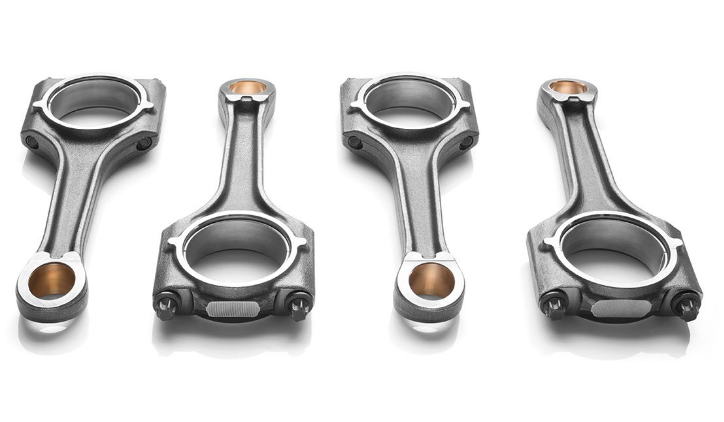What are connecting rods? They are essential components found in internal combustion engines that play a crucial role in converting the linear motion of the pistons into the rotary motion of the crankshaft. This article will delve into the intricacies of connecting rods and their importance in engine functionality.
Connecting Rods: Materials and Design Connecting rods are typically made from materials such as steel, aluminum, or titanium. Each material offers different properties, such as strength, weight, and cost. The design of connecting rods varies depending on the engine’s requirements, but their overall purpose remains the same.
The Significance of Connecting Rods in Engine Performance Connecting rods directly influence the engine’s performance, reliability, and efficiency. They are responsible for transferring the force generated by the combustion process to the crankshaft, allowing the engine to produce power. The smooth and efficient operation of connecting rods is vital for the engine’s optimal functionality.
Categorization of Connecting Rods Connecting rods can be classified into two categories based on their manufacturing process: forged and billet connecting rods. Forged connecting rods are made by heating a metal blank and hammering it into the desired shape, resulting in a strong and durable component. On the other hand, billet connecting rods are machined from a solid piece of metal, offering greater flexibility in design and customization.

Connecting Rod Failure and Maintenance The failure of a connecting rod can result in severe engine damage. Some common reasons for connecting rod failure include material fatigue, insufficient lubrication, and improper installation. Regular engine maintenance, such as oil changes and periodic inspections, is crucial to ensuring the longevity of connecting rods.
Choosing the Right Connecting Rods for Your Engine Selecting the appropriate connecting rods for your engine depends on various factors, including the engine’s power output, intended use, and budget. High-performance engines typically require stronger and lighter connecting rods made from materials like titanium or high-strength steel. In contrast, engines with lower power output can rely on more budget-friendly aluminum or standard steel connecting rods.
In a Nutshell Understanding what connecting rods are and their significance in engine performance is vital for anyone interested in automotive mechanics. By selecting the right connecting rods and ensuring proper maintenance, you can significantly enhance your engine’s efficiency, reliability, and power output.